How long does it take to do alignment?
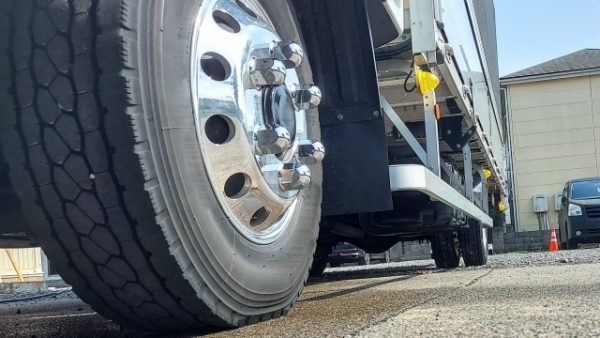
Wheel alignment refers to the work of accurately adjusting the wheel position and angle for a car.
The position of the wheels may be shifted or the angle changes due to daily driving, shocks that hit a car, and the impact that hits the curb.Wheel alignment has various advantages, such as the stability of the car, the uniform wear of the tire, and the improvement of fuel efficiency.
If the wheel is not at the correct position or angle, it will affect the stability of the car, resulting in the following phenomena.
-
The car fluctuates while driving, and the steering wheel shakes.
-
The uniform wear of the tire hinders, reducing the life of the tire.
-
The car creates unnecessary friction, and the fuel efficiency worsens.
When the above phenomenon is seen or when it is prevented, wheel alignment is required.
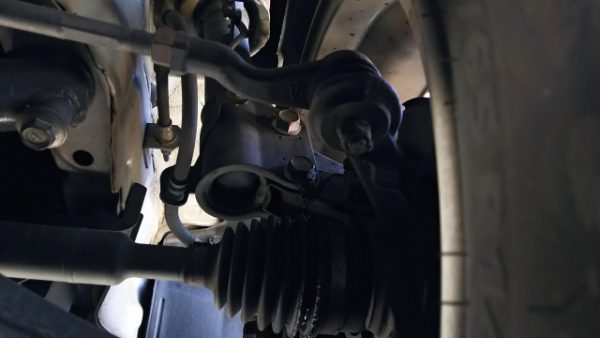
Adjusting the wheel alignment has several benefits.
The accurate wheel alignment enhances the stability of the car and reduces fluttering and handle shaking while driving.This improves safety and increases driving comfort.
If the wheel is located in the correct position and angle, the tires will be equally grounded and worn uniformly.Uniform wear can extend the life of the tire and reduce the frequency of replacement of the tire.As a result, there are economic benefits.
If the wheel is located in an appropriate position, the resistance of the tire will be minimized.This reduces the load on the engine and improves fuel efficiency.Improving fuel efficiency will save fuel costs, which also has economic benefits.
If you look at the tires while driving or parked, and see the following signs, we recommend wheel alignment.
-
There is a feeling that the car is pulled left and right when going straight.
-
When the steering wheel is turned off, a strange noise or vibration generates
-
The tires are straight, but the steering wheel is leaned diagonally instead of neutral.
-
The decrease in only the inside or outside of the tire decreases quickly.
-
Only some tires are reduced quickly.
The following four angles are involved in adjusting the wheel alignment.
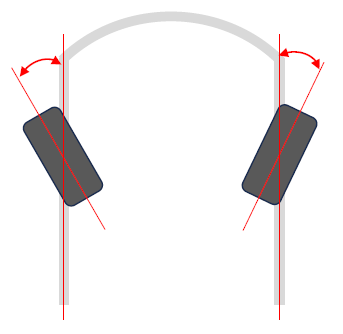
It is an angle that shows the tire inclination when viewing the tire from above.
It affects the stability of the car straight and handling.Inside (to -in) state improves straight stability, and the handling is increased in the outside (toeout).
Generally, it is in a state of Tosero or slightly toin.
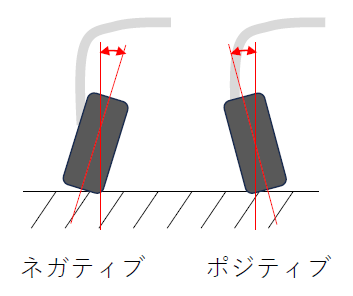
When the car is viewed from the front, the tire is tilting to the body.
Camber angles also affect the straight -head -up stability and handling properties of the car.There are two types: a "negative camber" where the upper part of the tire tilts inside and the "positive camber" that tilts outwards, which is generally slightly negative.
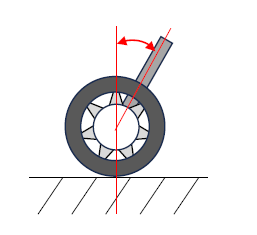
The angle between the steering axis and the vertical line.
It affects the straight stability of the car.There are two types: a "minus caster" where the caster angle is tilted forward, and a "plus caster" that tilts backwards, but if it is not shaved, it is often compensated by adjusting the toe horns and camber angles.
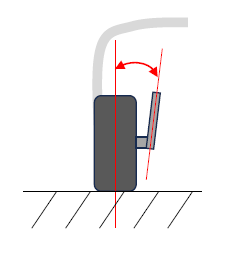
Indicates the angle between the steering axis and the upper and lower axes of the tire.
It affects the response of the steering and stability.There are some stores that do not emphasize at mass retailers, but the Kingpin angle is an important item in alignment adjustment.
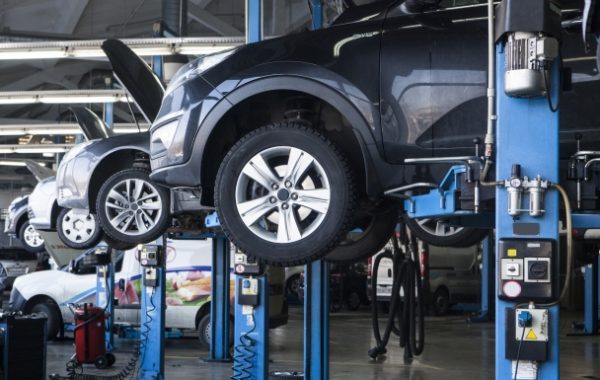
Adjustment of wheel alignment is generally performed at specialized car mechanics and specialty stores.In the adjustment work, use a special measurement equipment to check each angle and make adjustments.In addition, since the work content differs depending on the manufacturer and model of the vehicle, it is necessary to follow the procedures that match each model.
There are a method of adjusting the general wheel alignment to loosen bolts and adjustment nuts to fine -tune the angle, or to change the angle using special adjustment parts.
Accurate adjustment requires specialized knowledge and experience, so DIY adjustment is not recommended.
The charges for adjusting the wheel alignment vary depending on the region, store, car type, etc.
Generally, the cost of tools and equipment used for adjustments and adjustments is included, and the average market price is about 10,000 to 20,000 yen.However, if you are a luxury car or a model that requires special adjustment, it may be charged more.
Adjusting the wheel alignment fee is an important task directly linked to the safety and comfort of the vehicle.It is recommended to secure an appropriate budget and receive adjustments at reliable specialty stores and maintenance shops.
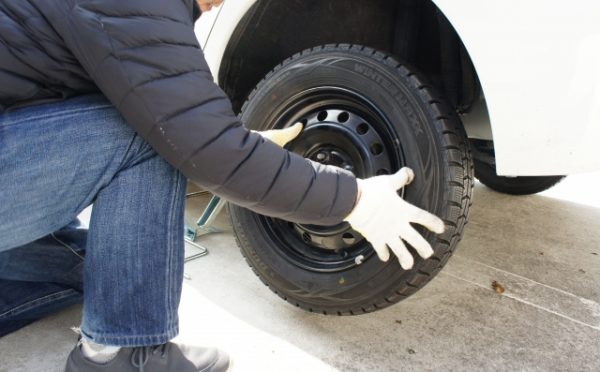
Adjustment of wheel alignment is a specialized task, and it is generally not recommended to adjust the wheel alignment in DIY because it requires special tools and knowledge.This is because incorrect adjustments and inappropriate tasks could adversely affect the safety and driving performance of the car.
However, some models may be able to adjust some angles.For example, in a model that can fine -tune the toe angle, it may be possible to make fine adjustments by loosening certain adjustment nuts and bolts.
However, you need to work carefully without forgetting to need specialized knowledge and appropriate measuring equipment.
If you adjust the wheel alignment with DIY, it is important to keep the following precautions:
Proper knowledge and tool preparation
Adjustment of wheel alignment requires specialized knowledge and accurate measurement equipment.
Learn the relevant information in advance and prepare the necessary tools.
Perform accurate measurements
The adjustment of the wheel alignment is performed based on accurate measurements.
At the time of measurement, stabilize the vehicle in a horizontal place so that the tire is equally loaded.
Follow the instructions of the vehicle manufacturer
Each model and manufacturer have given certain instructions on how to adjust the wheel alignment.
Follow the instructions of the manufacturer and make appropriate adjustments.
Seeking an advice of an expert
Adjustment of wheel alignment is a professional task.If you have any concerns or questions, we recommend that you consult a specialized car mechanic or specialty store and ask for advice.

Wheel alignment is an important factor directly linked to the safety and comfort of vehicles.The correct wheel alignment ensures the equal wear of the tires and the stability of the vehicle, contributing to the improvement of fuel efficiency and the extension of the tire.
Signs that require adjustment of wheel alignment include the tilt of the handle, the pulling of the vehicle, the unevenness of the tire, the unusual noise and vibration.
In general, it is recommended to adjust wheel alignment at specialized car mechanics and specialty stores.
The adjustment fee for wheel alignment varies depending on the region, store, and model, but the general market price is around 10,000 to 20,000 yen.
Maintaining appropriate wheel alignment is important to ensure the safety and comfort of the vehicle.Perform regular inspections and adjust as needed, and enjoy a safe drive.
Q1:How frequency is wheel alignment?
A1:The frequency of wheel alignment depends on the usage status of the vehicle and the condition of the road surface, but it is generally recommended to check and adjust once a year or when tires are replaced.
Q2:If the wheel alignment shifts, what problems can occur?
A2:If the wheel alignment is shifted, the unevenness of the tire, the sense of unstable vehicle, the pulling and vibration of the handle may occur.There is also a possibility that fuel consumption deterioration or tire life may occur.
Q3:What happens if you neglect the wheel alignment?
A3:Not only does the tire wear implicit and the life of the tire is shortened, but the stability and pilotability of the vehicle may be reduced.In addition, fuel economy may also worsen.
Q4:Is the adjustment of the wheel alignment eligible for car insurance?
A4:In general, adjustment of wheel alignment is not covered by car insurance.We recommend that you check with your insurance contract or insurance company because the coverage and conditions of insurance are different depending on the insurance company or contract content.
